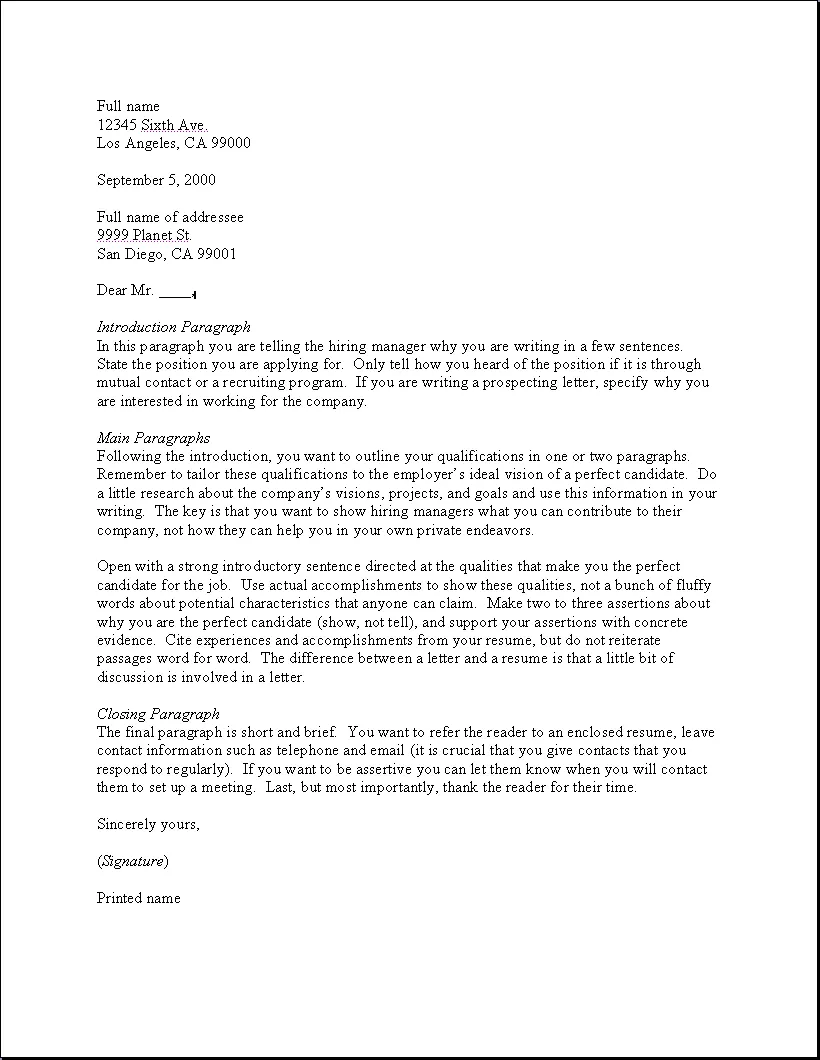What is a Cover Letter (and Why You Need One)?
A cover letter is a crucial document that accompanies your resume when applying for a job. Think of it as your personal introduction to a potential employer. It provides an opportunity to elaborate on your skills, experiences, and qualifications in a way that a resume alone cannot. Unlike a resume, which is a factual summary, a cover letter allows you to express your personality, demonstrate your enthusiasm for the position, and explain why you are the perfect fit for the role and the company. While some may view it as an optional step, a well-crafted cover letter can significantly increase your chances of landing an interview.
The Importance of a Cover Letter
The importance of a cover letter cannot be overstated. It’s your first impression and can be the deciding factor in whether a hiring manager reads your resume. It provides context to your application, connecting your skills and experience to the specific requirements of the job. This personalized approach demonstrates your genuine interest in the opportunity and the company. Moreover, a cover letter allows you to address any potential gaps in your resume or explain career transitions, ensuring a comprehensive and compelling presentation of your candidacy. Many employers consider a cover letter mandatory, and its absence can automatically disqualify you.
Key Components of a Cover Letter
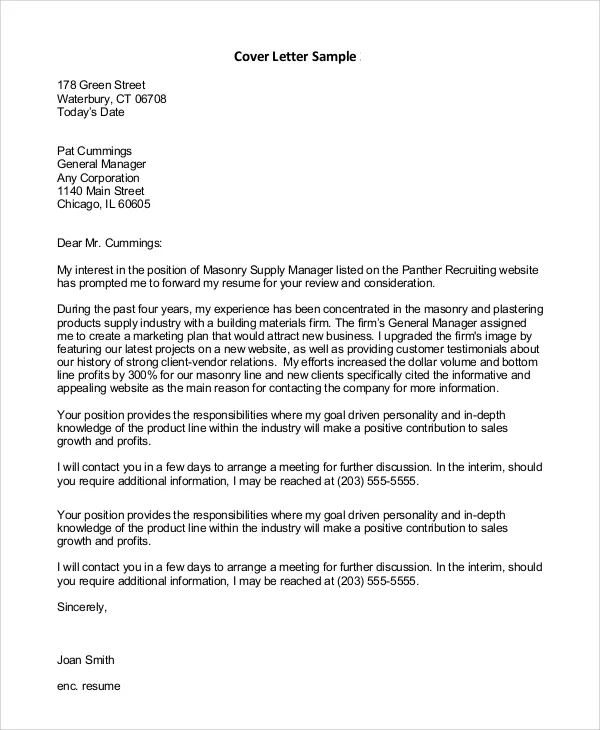
A well-structured cover letter typically includes several key components. These elements work together to create a cohesive and persuasive narrative. Each part serves a specific purpose, from establishing initial contact to summarizing your qualifications and expressing your interest in the role. The organization and clarity of these components directly impact how effectively you communicate your value to the employer. By mastering these elements, you can craft a cover letter that grabs attention and sets you apart from other applicants.
Contact Information
Start with your contact information. Include your full name, address, phone number, and email address. This should be placed at the top of the letter, ensuring the hiring manager can easily reach you. The formatting should be professional and clear. Ensure your email address is professional too; avoid using nicknames or unprofessional language.
Greeting Your Recipient
Address the hiring manager by name whenever possible. This shows you’ve taken the time to research the company and the position. If you can’t find a specific name, use a general greeting such as ‘Dear Hiring Manager’. Avoid generic greetings like ‘To Whom It May Concern’ as they lack personalization.
The Opening Paragraph Grab Their Attention
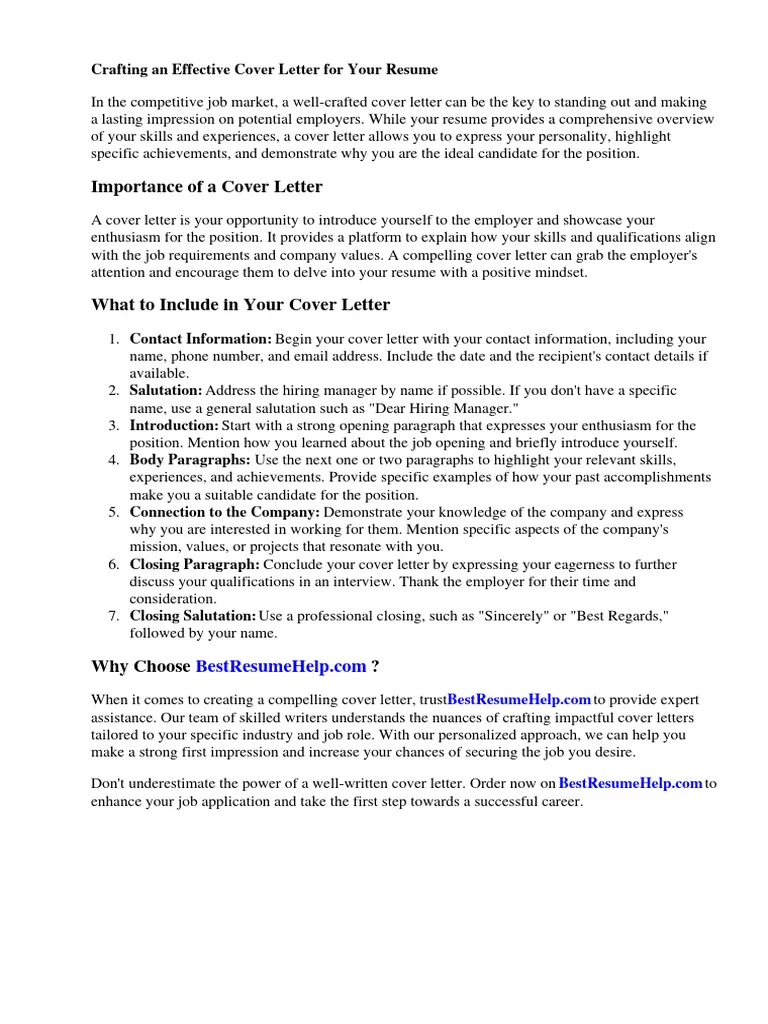
Your opening paragraph is critical for grabbing the reader’s attention. State the position you’re applying for and briefly explain why you’re interested in the role and the company. Highlight your most relevant skill or experience to immediately capture their interest. This is your chance to make a strong first impression and encourage them to continue reading. Briefly mention where you found the job posting.
Highlight Your Relevant Skills and Experiences
The main body of your cover letter should detail your relevant skills and experiences. Focus on how your qualifications align with the job requirements. Use specific examples to illustrate your accomplishments and quantify your results whenever possible. Tailor each cover letter to the specific job, highlighting the skills and experiences that are most relevant to the position. This will show that you understand the job’s demands and are capable of succeeding.
Showcase Your Achievements
Go beyond simply listing your duties; showcase your achievements. Use the STAR method (Situation, Task, Action, Result) to provide context and demonstrate your impact. For example, instead of saying ‘Managed social media accounts,’ you could say ‘Increased social media engagement by 30% in six months by implementing a new content strategy.’ This level of detail makes your accomplishments more impactful and memorable. Quantifiable results are highly persuasive.
Tailor Your Letter to the Job Description
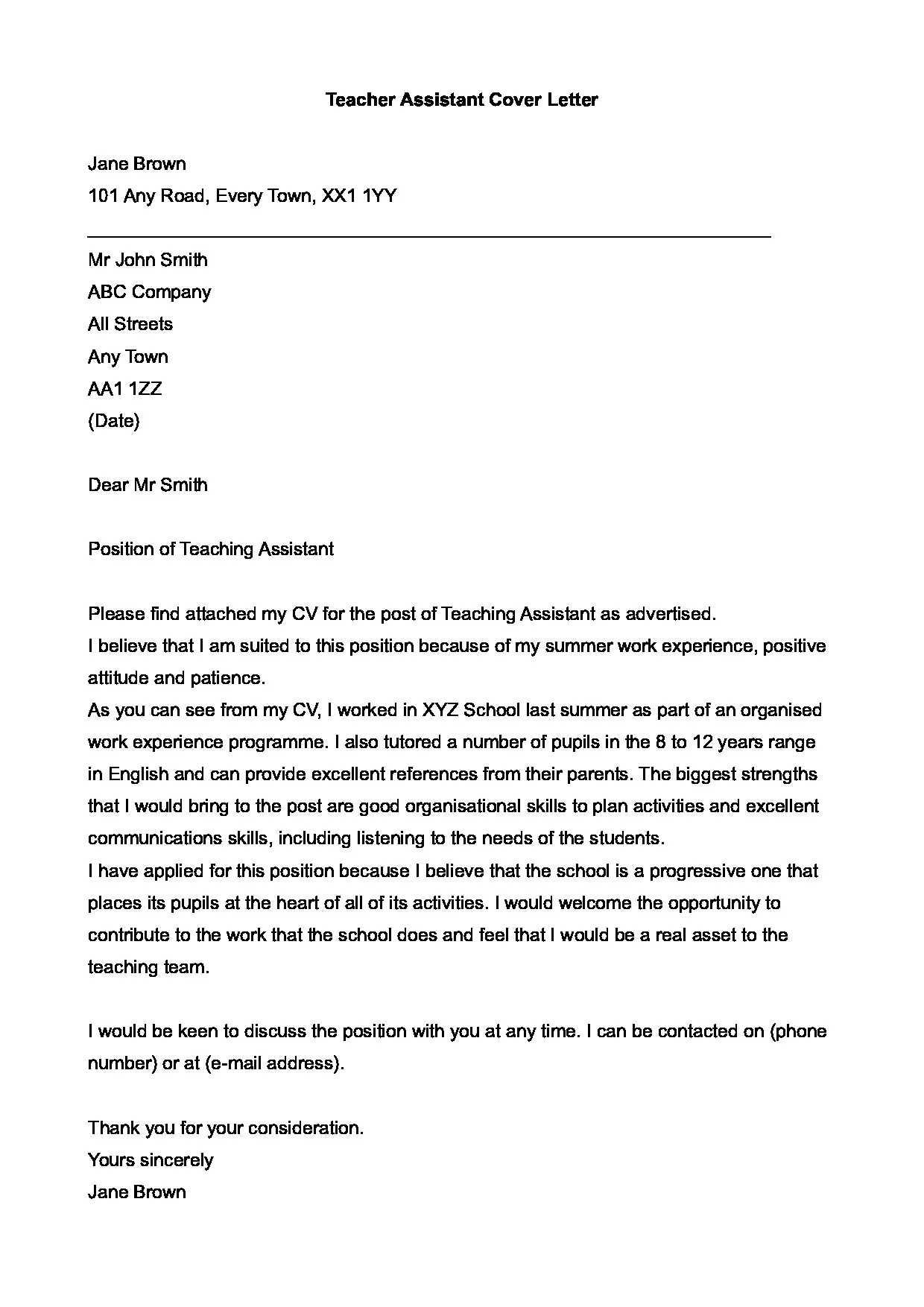
Always tailor your cover letter to each specific job application. Carefully review the job description and identify the key skills and qualifications the employer is seeking. Then, highlight your experiences and achievements that directly match these requirements. This customization demonstrates your genuine interest in the role and your understanding of the company’s needs. Generic, one-size-fits-all cover letters are easily spotted and often discarded.
Use Action Verbs to Describe Accomplishments
Use strong action verbs to describe your accomplishments. This makes your cover letter more dynamic and engaging. Instead of using passive language, start your sentences with verbs that convey action and impact. Examples include ‘achieved,’ ‘managed,’ ‘developed,’ ‘implemented,’ ‘increased,’ ’led,’ and ‘collaborated.’ Action verbs help you create a compelling narrative that showcases your skills and experience effectively.
Closing Your Cover Letter
Your closing paragraph should reiterate your interest in the position and the company. Express your enthusiasm for the opportunity and briefly summarize why you are a strong candidate. Include a call to action, such as stating that you look forward to hearing from them or that you are available for an interview at their earliest convenience. A strong closing leaves a lasting positive impression.
Express Your Enthusiasm and Call to Action
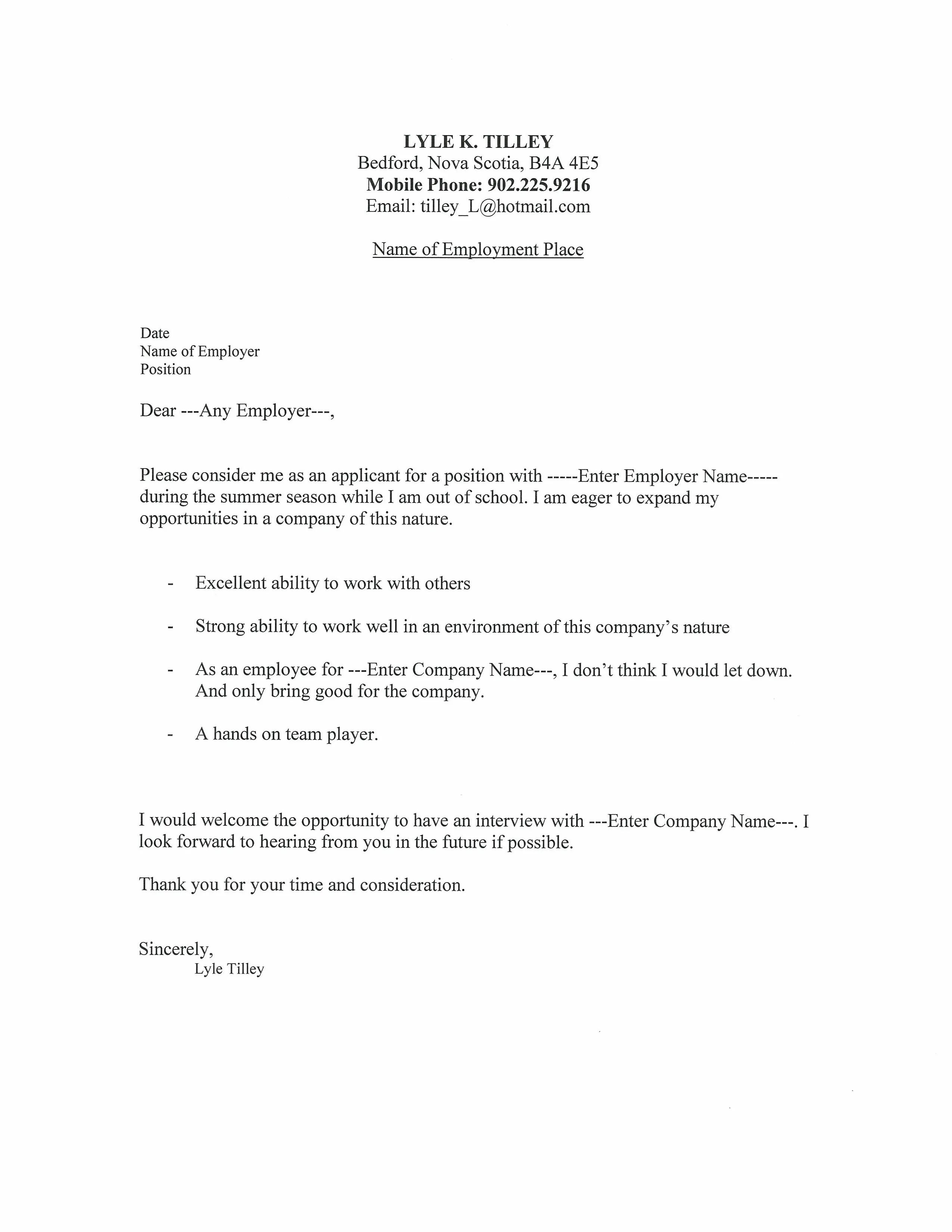
End your cover letter by expressing your enthusiasm for the opportunity and the company. Reiterate your interest in the role and briefly summarize why you’re a great fit. Include a clear call to action, such as inviting the hiring manager to contact you for an interview. This shows your proactive approach and commitment to the position. Make sure the call to action is specific and easy to follow.
Formatting and Design Tips
The formatting and design of your cover letter are just as important as its content. A well-formatted letter is easy to read and visually appealing, making a positive impression on the hiring manager. Ensure your cover letter is clean, professional, and free from distractions. Pay close attention to font choice, spacing, and overall layout to create a polished document.
Choose a Professional Font
Select a professional and readable font, such as Times New Roman, Arial, Calibri, or Helvetica. Keep the font size between 10 and 12 points for easy readability. Avoid using overly decorative or unusual fonts, as they can distract from the content and make your letter appear unprofessional. Consistency in font choice is essential throughout the entire document.
Keep Your Letter Concise
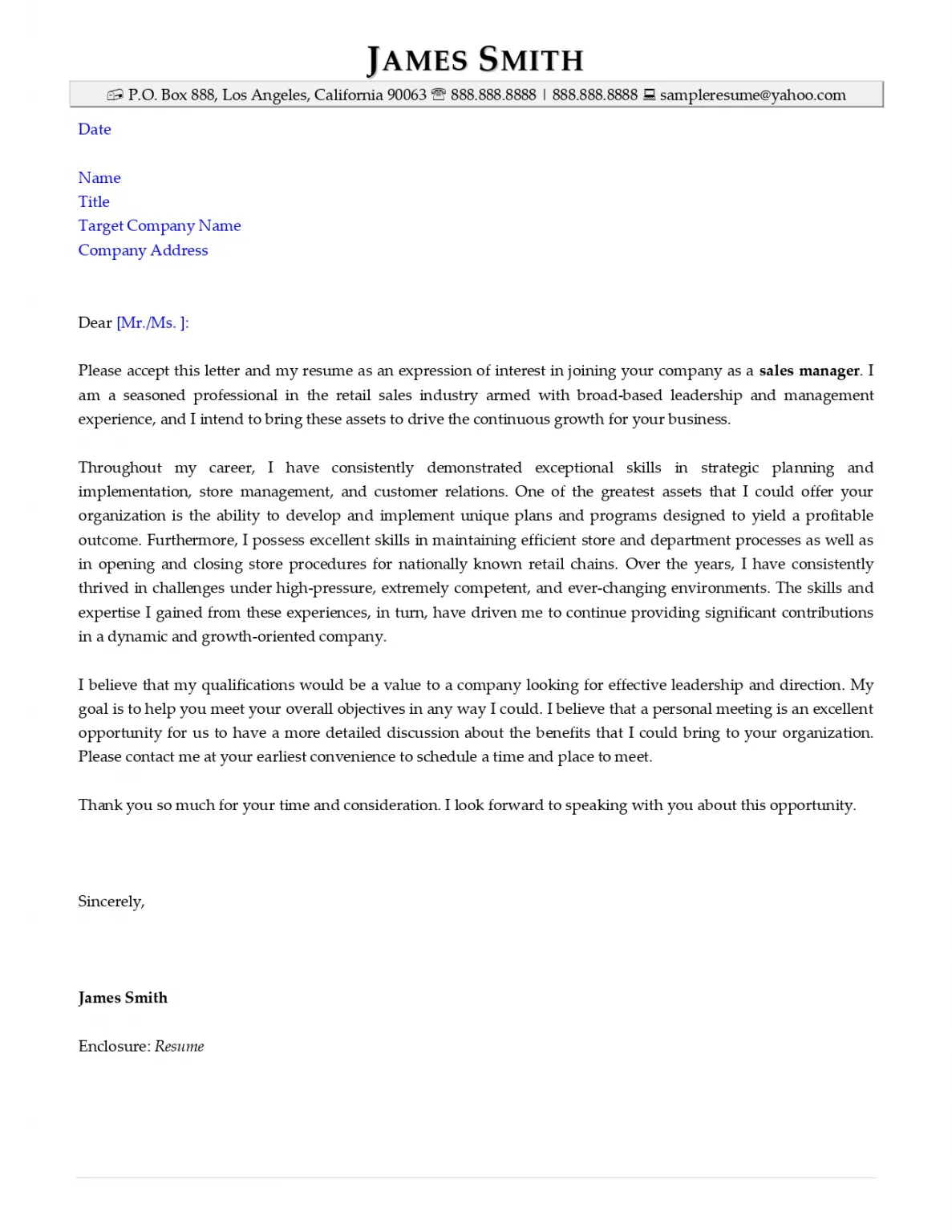
Keep your cover letter concise, ideally no more than one page. Hiring managers are busy and appreciate brevity. Focus on the most relevant information and avoid unnecessary details. Use clear and concise language to convey your message effectively. A well-written, concise cover letter demonstrates your ability to communicate efficiently and professionally.
Proofread and Edit Meticulously
Proofread your cover letter carefully for any typos, grammatical errors, or inconsistencies. Errors can create a negative impression and undermine your credibility. Use a grammar checker and ask a friend or family member to review your letter. Ensuring your cover letter is polished and error-free demonstrates attention to detail and professionalism. Check also the contact information.
Common Cover Letter Mistakes to Avoid
Avoiding common cover letter mistakes is crucial to making a positive impression. These errors can easily undermine your application and lead to rejection. By being aware of these pitfalls, you can ensure your cover letter is effective and professional.
Generic Letters
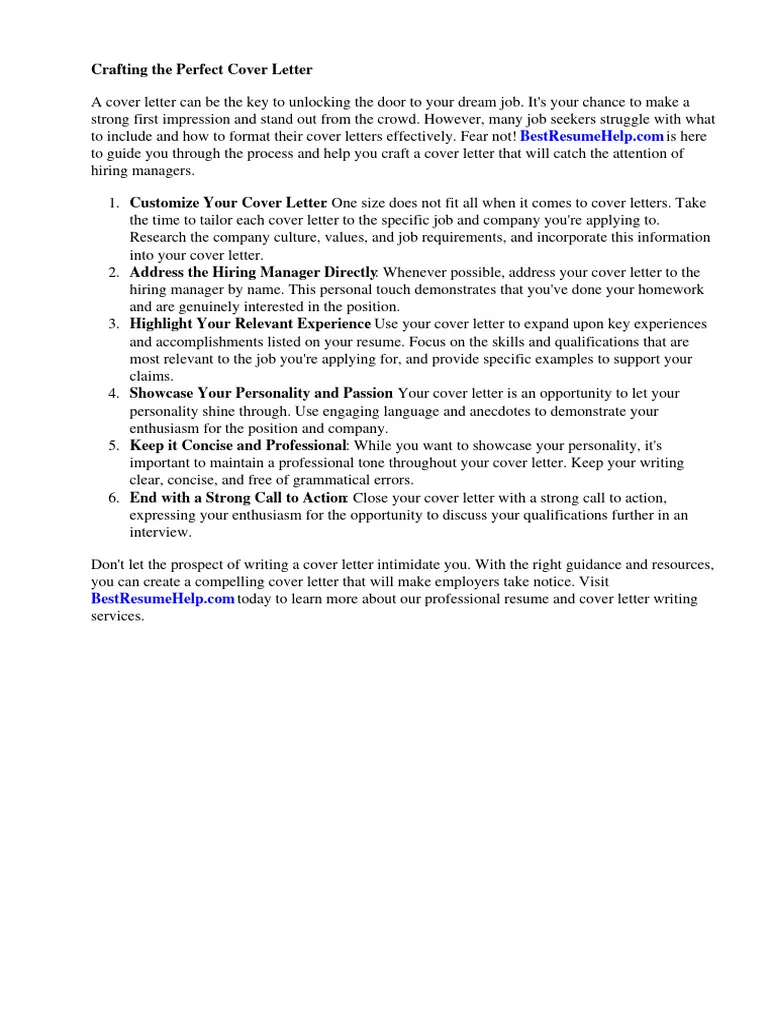
Avoid sending generic cover letters that could apply to any job. Always tailor your letter to the specific position and company. Generic letters show a lack of interest and effort. Research the company, read the job description carefully, and highlight how your skills and experiences align with their needs. This demonstrates that you have a genuine interest in the role and the company.
Typos and Grammatical Errors
Typos and grammatical errors can damage your credibility. Proofread your letter carefully before submitting it. Use a grammar checker and ask someone else to review it as well. Errors indicate a lack of attention to detail and can give the impression that you are careless or unprofessional. A polished, error-free cover letter demonstrates your commitment to excellence.
Failing to Research the Company
Failing to research the company is a significant mistake. Tailor your cover letter to reflect your understanding of the company’s values, mission, and goals. Mention specific projects, initiatives, or aspects of the company that resonate with you. This will show your genuine interest and help you stand out from other candidates. Demonstrating your research skills is always a plus.
Examples of Effective Cover Letters
Reviewing examples of effective cover letters can provide valuable insights into how to structure and write your own. These examples showcase different approaches and styles, helping you tailor your letter to your specific situation and the job you’re applying for. Consider these examples as a starting point to develop your own unique and persuasive cover letter. Remember to customize them to your specific skills and the job requirements.
Cover Letter Example for Marketing Position
Dear [Hiring Manager Name],
I am writing to express my keen interest in the Marketing Manager position at [Company Name], as advertised on [Platform]. With my [Number] years of experience in developing and executing successful marketing campaigns, I am confident I possess the skills and expertise to excel in this role. In my previous role at [Previous Company], I led a campaign that increased brand awareness by [Percentage]% and generated [Number] leads. I am proficient in digital marketing, content creation, and social media management. My strong analytical skills and ability to drive measurable results make me an ideal candidate. I am particularly drawn to [Company Name]’s commitment to [Company Value] and believe my passion for [Industry] aligns perfectly with your mission. I am eager to contribute my skills to your team and look forward to the opportunity to discuss how I can contribute to [Company Name]’s success. Thank you for your time and consideration.
Sincerely, [Your Name]
Cover Letter Example for Software Engineer
Dear [Hiring Manager Name],
I am writing to express my interest in the Software Engineer position at [Company Name], as advertised on [Platform]. With [Number] years of experience in software development, I am confident I can contribute to your team’s success. In my previous role at [Previous Company], I was a key developer in [Project Name], utilizing technologies such as [List Technologies] to deliver [Accomplishment]. I am proficient in coding, debugging, and problem-solving. I am particularly drawn to [Company Name]’s innovative work in [Industry] and believe my passion for technology aligns with your goals. I am eager to leverage my skills to contribute to your team and am looking forward to an interview. Thank you for your time and consideration.
Sincerely, [Your Name]
Final Thoughts Cover Letter Best Practices
Writing a compelling cover letter takes time and effort, but the investment is well worth it. By following the guidelines outlined in this article and tailoring your letter to each specific job, you can significantly increase your chances of landing an interview. Remember to always proofread your cover letter, highlight your achievements, and express your genuine enthusiasm for the opportunity. A well-crafted cover letter can make all the difference in your job search.
